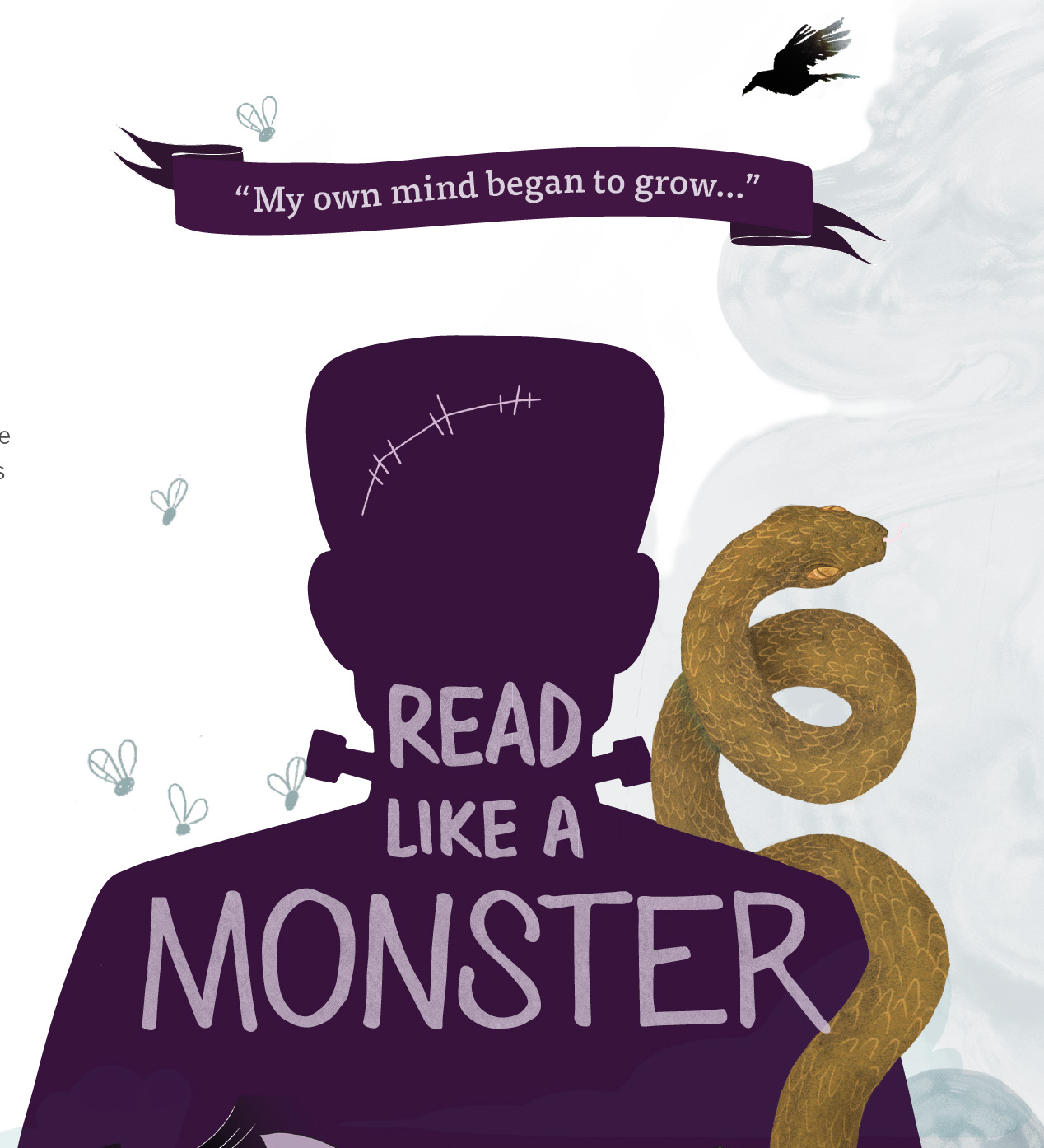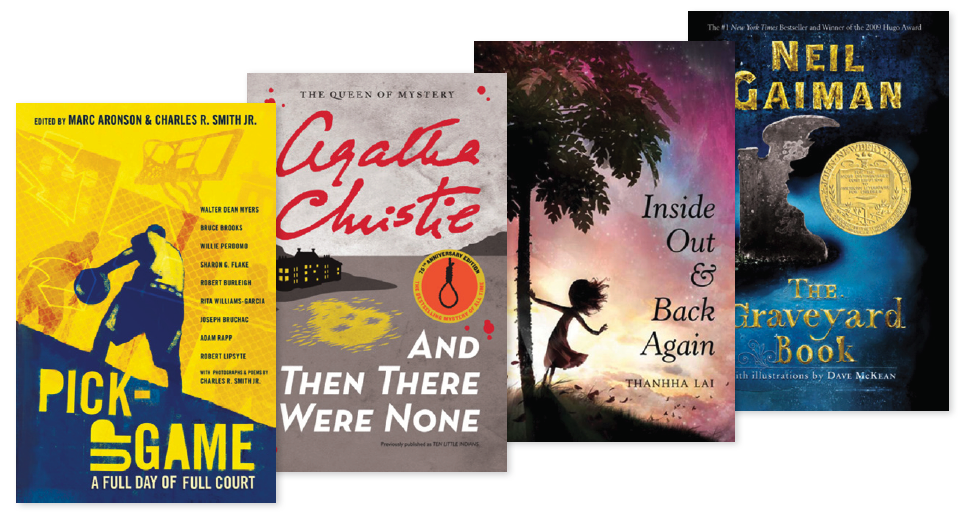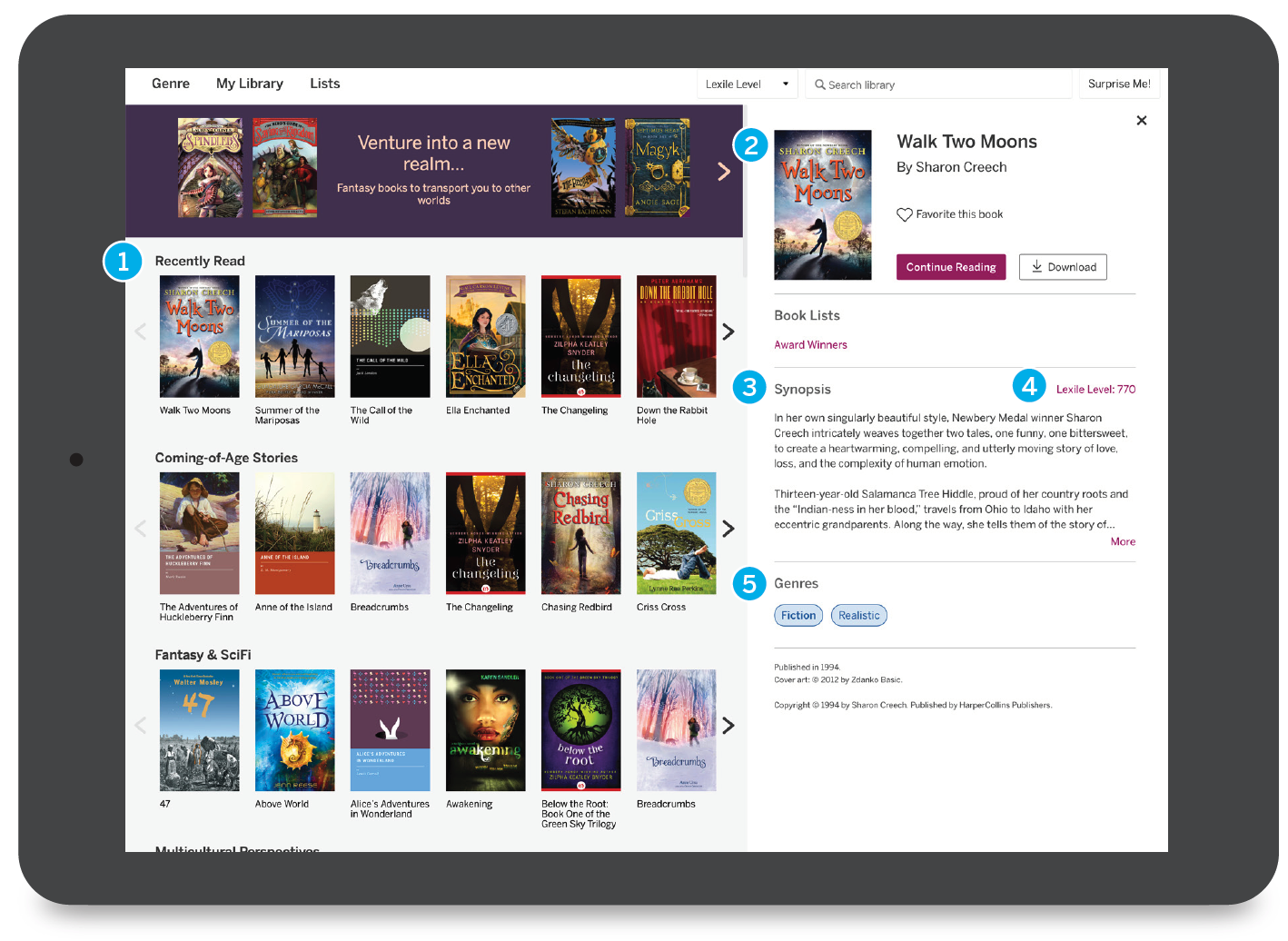Reading
 The middle grades are an essential period in the life of a reader. As the adolescent brain enters a phase of rapid growth, students are asked to draw on developing abilities to plan, coordinate, and consider intellectual interactions. Across subjects, students must learn to use their reading skills to build knowledge, solve problems, synthesize material, identify multiple perspectives, and analyze information. Students enter the middle grades with a wide range of reading abilities, making it even more important to develop these skills carefully.
The middle grades are an essential period in the life of a reader. As the adolescent brain enters a phase of rapid growth, students are asked to draw on developing abilities to plan, coordinate, and consider intellectual interactions. Across subjects, students must learn to use their reading skills to build knowledge, solve problems, synthesize material, identify multiple perspectives, and analyze information. Students enter the middle grades with a wide range of reading abilities, making it even more important to develop these skills carefully.
To build these crucial capacities, readers at this age require deliberate practice with critical analysis. They need to access a purposeful sequence of text types and perspectives, gather evidence from the text, develop interpretations, consider the range of interpretations in the classroom community, and refine their understandings of both literal and figurative meaning. At the same time, texts are becoming increasingly complex, and most readers need support to continue to develop their reading fluency in the face of new vocabulary and unfamiliar syntax.
Amplify Library
 The Amplify Library comprises more than 650 classic and contemporary fiction and nonfiction books in their entirety. The collection spans a wide range of genres, topics, and cultural perspectives—a diversity meant to support students as they develop literacy skills. The titles have Lexile levels spanning grades 3–12, providing books for students with varied reading abilities. The collection includes classics such as And Then There Were None and The Call of the Wild as well as modern titles including Walk Two Moons and Inside Out & Back Again. These texts are all aimed at supporting and extending work done with the core texts and fostering a love of reading and learning in all students
The Amplify Library comprises more than 650 classic and contemporary fiction and nonfiction books in their entirety. The collection spans a wide range of genres, topics, and cultural perspectives—a diversity meant to support students as they develop literacy skills. The titles have Lexile levels spanning grades 3–12, providing books for students with varied reading abilities. The collection includes classics such as And Then There Were None and The Call of the Wild as well as modern titles including Walk Two Moons and Inside Out & Back Again. These texts are all aimed at supporting and extending work done with the core texts and fostering a love of reading and learning in all students

1 Recently Read 2 Book information 3 Synopsis 4 Lexile Level 5 Lexile Level